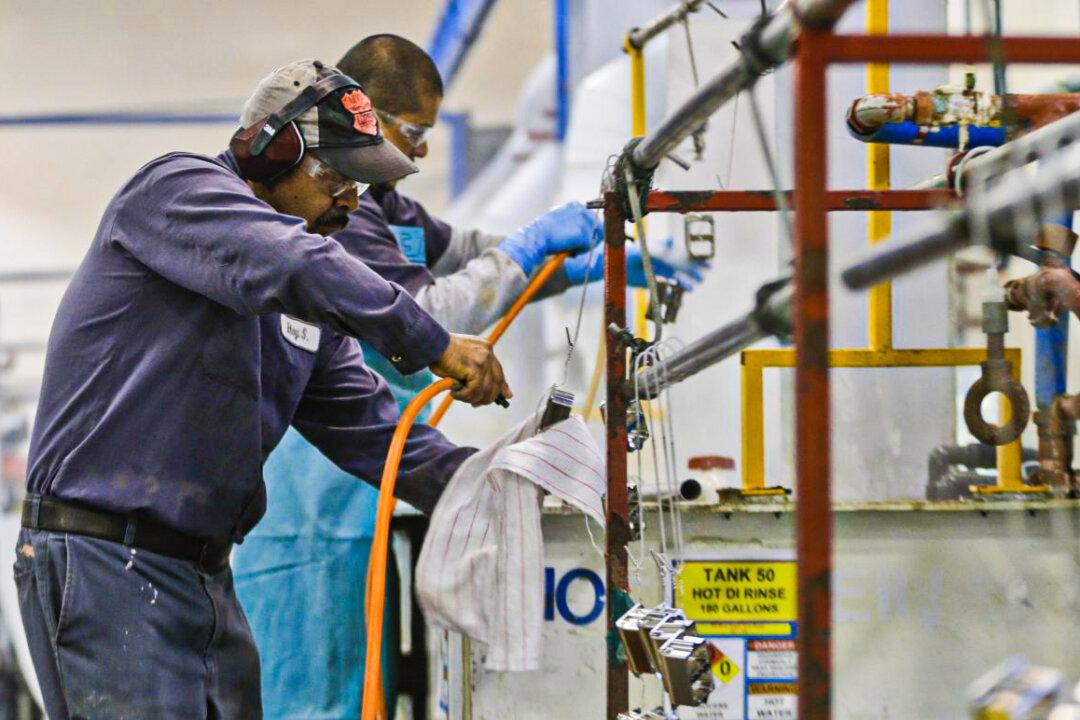Los Angeles Mayor Eric Garcetti wants to spend up to $23,000 per homeless person over the next year.
That’s the analysis of Garcetti’s state of the city speech April 19 and his 500-plus page budget proposal, covering the July 1, 2021 to June 30, 2022 fiscal year.





